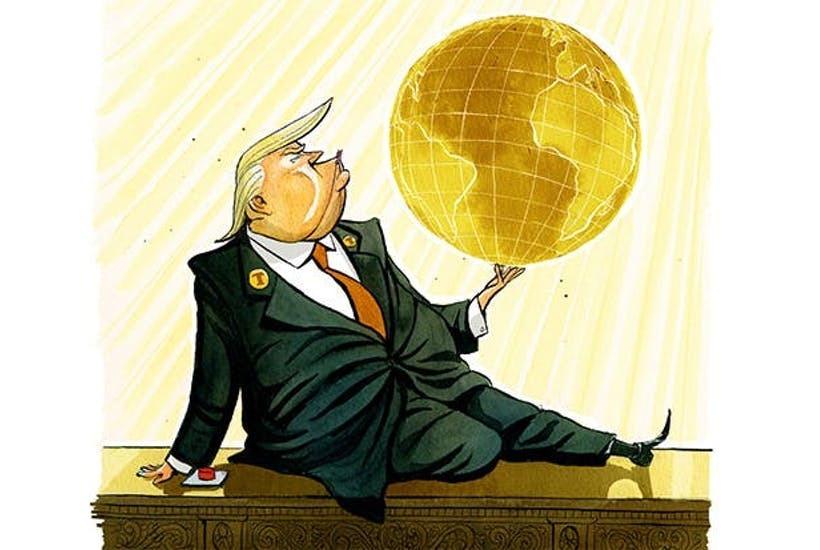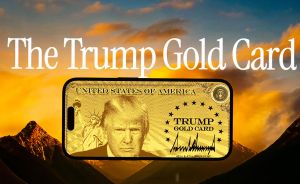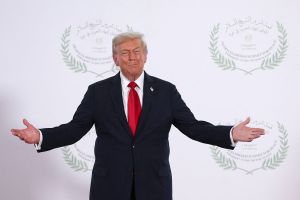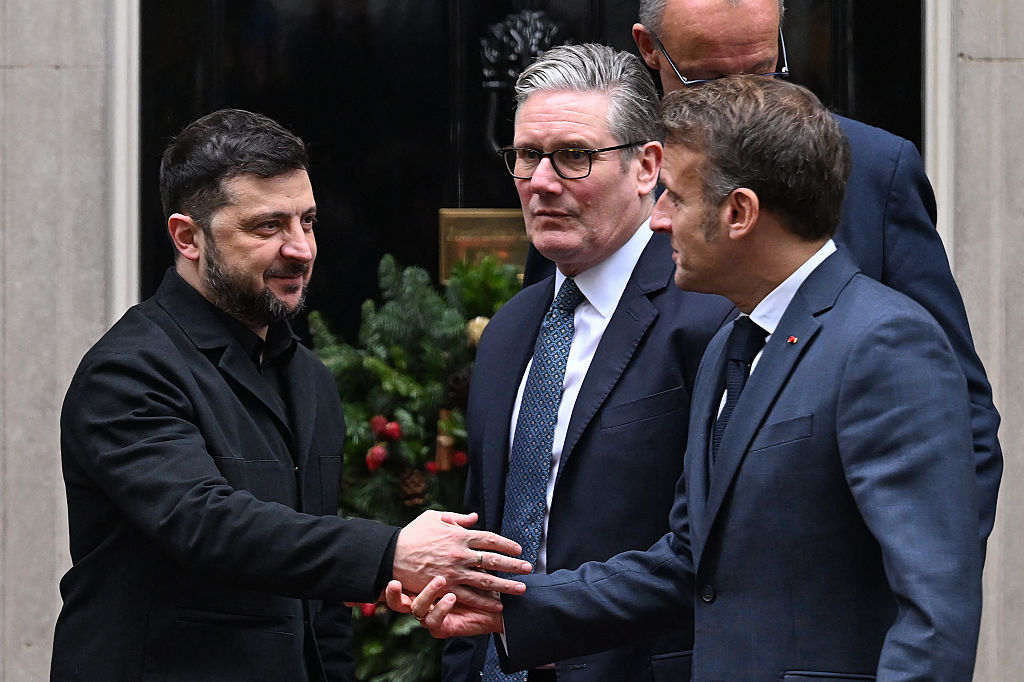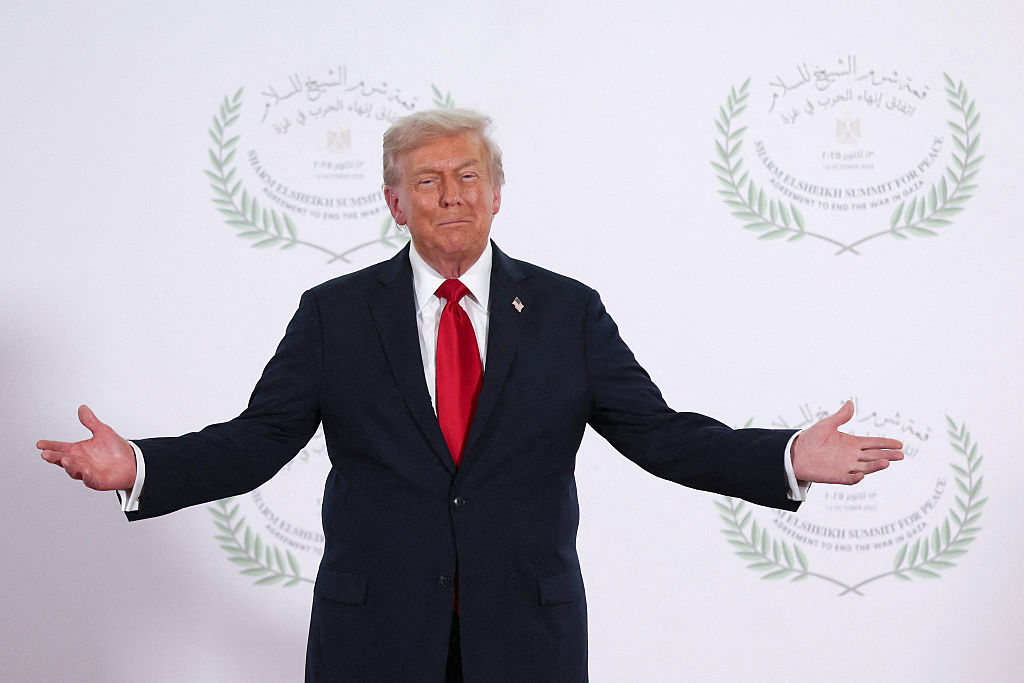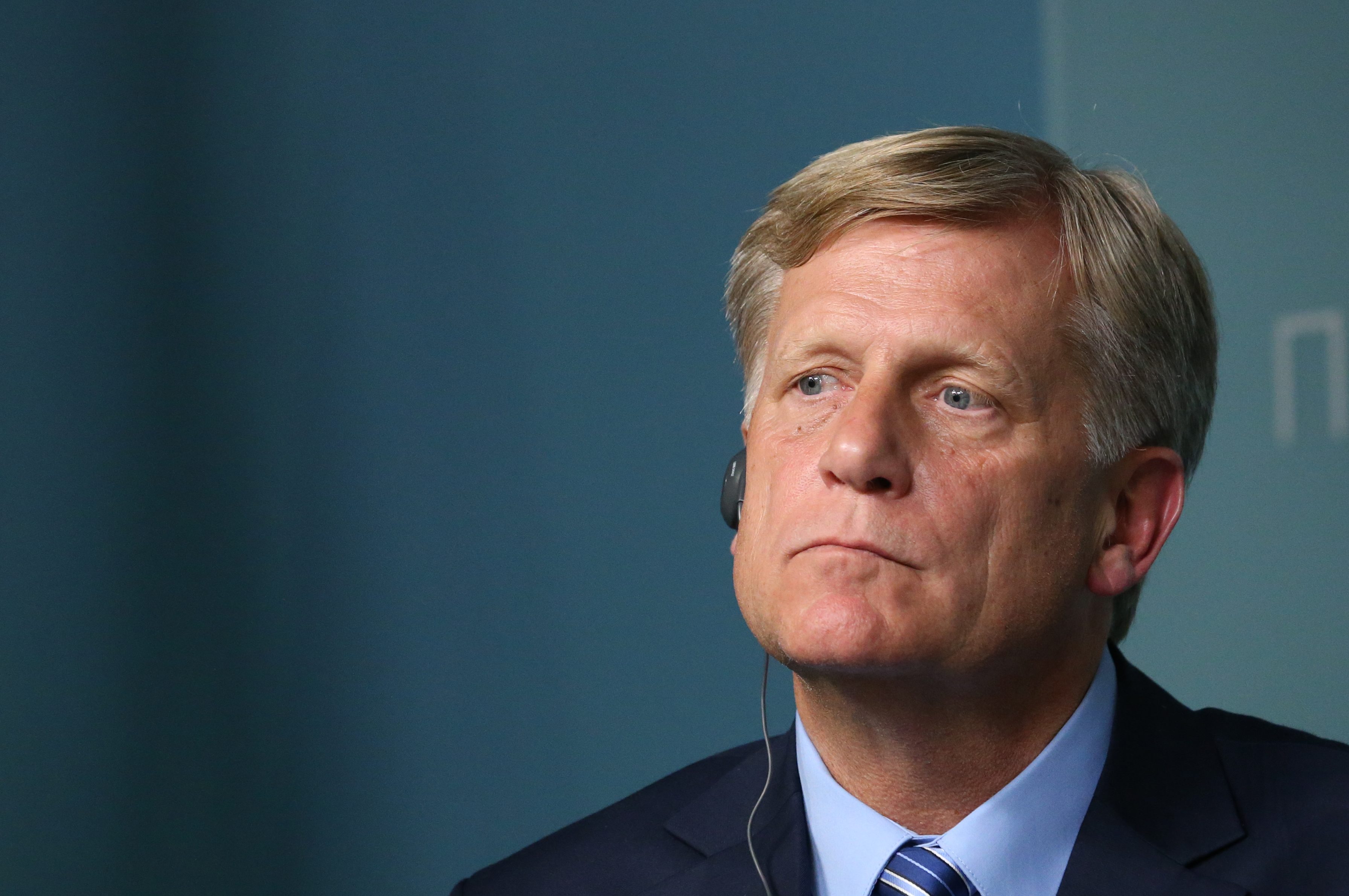Former president Donald Trump is in a world of legal trouble. Not only is he the first president in history to be impeached twice, he holds the unenviable distinction of being the first president to be indicted. He doesn’t do things by half-measures — he’s been indicted twice. So far he faces a total of seventy-one criminal charges of various severity in two separate investigations, from falsifying business records and retention of national defense information to obstruction of justice. And as this magazine goes to press, we still haven’t heard from Fani Willis in Georgia, or from the second Jack Smith investigation.
Yet despite his legal woes, Trump remains a top contender for the highest office in the land. Polls show him besting Florida governor Ron DeSantis by thirty-eight points for the GOP presidential nomination and smoking former New Jersey governor Chris Christie by sixty. In head to head matchups, Trump is either leading President Biden by a few points or losing by a couple. It’s not an endorsement but an acknowledgment of real possibility to say that Trump has a good chance of becoming the first president since Grover Cleveland to win a second, non-consecutive term in office. Let’s say Trump does win. On the home front, he has promised an unchained version of his first term, with an emphasis on the uncompromising pursuit of his political enemies. What about foreign policy, which tends to be more stable across administrations? How would it change?
Such predictions are never easy to make with confidence; someone as unpredictable as Trump ratchets up the uncertainty. But that isn’t stopping other countries from guessing about, and preparing for, a second Trump term. Germany, which was his giant punching bag during Trump’s first White House stint, is already gaming out various possibilities and reaching out to the former president’s inner circle to prepare for a “Trump-Comeback” — what Der Spiegel calls “the worst-case scenario.”
To the extent the former president has a worldview of his own, it is best understood as a smorgasbord of nationalism and pseudomercantilism. Historically, US presidents tend to be welcoming, if not overly deferential, to allies in Europe and East Asia. Trump, by contrast, is intensely suspicious of allies; indeed, he views the very concept of alliance as a potential threat to US wealth and flexibility. Whereas Ronald Reagan, Bill Clinton and Joe Biden have all regarded the US-led alliance system as a valuable commodity in international statecraft, Trump sees it as a burden to the US taxpayer at best, and a rip-off most of the time.
This is a rare fixed point in Trump’s political life. He was riffing on Japan as far back as the 1980s, for “taking advantage of the United States” and arguing for high tariffs on Japanese goods. Trump has long considered European countries the equivalent of lazy house cats who have forgotten how to protect themselves in the wild. NATO was a ripe target throughout his presidency, and he wasn’t afraid to use the customary summits in Brussels to blast the organization for expecting the US to do most of the work. In 2017, Trump insisted that “NATO members must finally contribute their fair share and meet their financial obligations.” A year later, he singled out Germany for relying on the US to protect it from Russia, even as Berlin spent billions of dollars importing Russian natural gas. Senior administration officials even told the New York Times in 2019 that Trump was openly talking about withdrawing from NATO.
South Korea and Japan experienced the Trump wrath as well. Talks on how much money Seoul and Tokyo should contribute to housing US troops there, normally a boring affair, resembled a cage match. The Trump administration demanded the South Koreans increase their contributions by a whopping 400 percent. Trump wanted Japan, which hosts around 50,000 US troops, to quadruple its own contributions. He made his rationale clear: if you want continued US protection, you ought to pay for it.
It’s hard to envision any of these core beliefs changing in the event of a second Trump term. As the popular saying goes, you can’t teach an old dog new tricks. This certainly applies to Trump, who has been reiterating the same points about America getting screwed by friends and foes alike since he first flirted with running for president four decades ago. It’s as much a part of his public image as the hand gestures and red tie. To abandon these talking points now would be a not-so-subtle acknowledgment from the man himself that the Trump worldview is flawed.
Therefore, if Trump were to sit in the big chair again, none of us should be surprised if he puts this tough-on-allies theme squarely at the front of his foreign policy. Just as he removed the United States from the Trans-Pacific Partnership Agreement, the climate accord and the Iran nuclear deal, Trump will walk away or at the very least try to reopen whatever foreign deals the Biden administration negotiates. NATO bureaucrats who have grown comfortable with President Biden’s traditional internationalist outlook will yet again find themselves at the table with a US president demanding Europeans start taking responsibility for their own affairs. One can’t rule out Trump’s pontificating in public about removing the US from NATO altogether, although such a scheme would likely be blocked by Congress — even more so if the war in Ukraine is still ongoing.
And Trump has made his point of view regarding the Ukraine conflict clear on multiple occasions. Biden doesn’t talk about stopping the conflict but about assisting the Ukrainian army “for as long as it takes.” Trump in contrast wants to stop the conflict as soon as possible, even if it requires arm-twisting the Ukrainians in the process.
“Every day this proxy battle in Ukraine continues, we risk global war,” he said in a campaign video in March. “We must be absolutely clear that our objective is to immediately have a total cessation of hostilities. All shooting has to stop.” He repeated a similar line during his infamous CNN town hall in May, describing the war as a useless waste of lives and confidently predicting he could use his relationships with Ukrainian president Volodymyr Zelensky and Russian president Vladimir Putin to hash out a diplomatic settlement “within 24 hours.” That this may be delusional is irrelevant to Trump the man, who fancies himself a dealmaker with a unique ability to get other people to do what they don’t want to do. How Trump could possibly serve as an impartial mediator at the same time Washington continues to send massive military aid packages to Kyiv ($42 billion and counting as of June 20) he hasn’t explained. Unless Trump significantly decreases or outright stops US assistance to the Ukrainians, it’s difficult to think the Russians would see Washington as a legitimate diplomatic facilitator.
What about the Middle East, a region that has sucked up so much US blood and treasure for very minimal gain over the last two decades? Given his loud opposition to US military interventions in the Middle East in the past (although he was for the Iraq War before he was vocally against it), one might assume Trump wouldn’t waste any time ending US missions that go on in perpetuity. He did, after all, sign a February 2020 agreement with the Taliban that placed US troop withdrawals from Afghanistan on a firm schedule (Biden carried the withdrawal to its conclusion in August 2021 after extending the timetable by several months). Trump spoke for many Americans when he (undiplomatically) referred to Syria as “sand and death” and questioned why American forces still needed to be there if the Islamic State’s territorial caliphate had been destroyed. He even ordered the US withdrawal from Syria not once but twice, in 2018 and 2019.
Yet rhetoric aside, Trump didn’t follow through. The 2018 withdrawal, announced via Twitter, was rolled back two months later, when administration officials said several hundred US forces would remain in Syria. The October 2019 withdrawal order was actually a redeployment to another part of Syria, to ensure American troops weren’t in the middle of battles between the Turkish military and US-supported Kurdish fighters in the northeast. A month later, sitting with Turkish president Recep Tayyip Erdogan in the White House, Trump claimed the US was in Syria “only for the oil.” Trump’s defense secretary at the time, Mark Esper, claimed an entirely different rationale for the military presence: defeating the remnants of ISIS. Meanwhile, Iran hawks throughout the national security apparatus convinced Trump that maintaining US troops in Syria would undermine Iranian influence in the country. The flimsiness of their case aside, Trump apparently bought into it.
Trump’s policy in Middle East during a second term, therefore, would be almost impossible to predict with any accuracy. He touts the expense and wastefulness of US military deployments that go on without end, but loses interest in seeing withdrawals through. He changes his mind or is co-opted by military advisors who have never seen a foreign military engagement they didn’t like. One could envision US troops packing their bags in 2024 and leaving Syria after nearly a decade on the ground there, but it’s as easy to imagine somebody in the inner bowels of the Pentagon persuading Trump to keep or enlarge an American presence there for the sake of American “credibility.”
US relations with China, already dismal to the point of danger, would likely get even worse under Trump. Trump’s biggest bone of contention with China, of course, has always been trade. The two economic giants engaged in a two-year trade war resulting in high tariffs being imposed on about $350 billion worth of Chinese goods in a bid to rebalance the trade relationship and pressure Beijing into a signing a comprehensive trade agreement on US terms. Those tariffs look puny compared to what Trump has in mind in the event of another term: a four-year plan to phase out Chinese imports deemed “essential”; barring government contracts for US companies outsourcing to China; and universal baseline tariffs on all Chinese goods coming into the United States. Trump remains a trade hawk in the grandest sense of the word, and in a second administration he’s likely to double down in his attitudes toward the PRC.
At the same time, US freedom-of-navigation patrols through the Taiwan Strait may become more frequent and the political relationship between Washington and Taipei might get to a point where Beijing no longer believes the US is sincerely wedded to the One China policy. The Trump administration ushered in significant changes to US policy on Taiwan. After his election, Trump accepted a congratulatory call from Taiwanese president Tsai Ing-wen, which was unprecedented. His State Department eliminated rules barring US officials from contacting their Taiwanese colleagues. And Trump’s Defense Department exported $15 billion in arms to the self-ruled island during its final two years.
None of these predictions are set in stone. You can’t pigeon-hole Trump with any degree of confidence; if his previous four years in the White House tell us anything, it’s that the man has a knack for changing his mind depending on which advisor happens to be in the room. What we can say with certainty is that a second Trump term would be at least as dizzying as the first — and foreign policy would be no exception.
This article was originally published in The Spectator’s August 2023 World edition.



